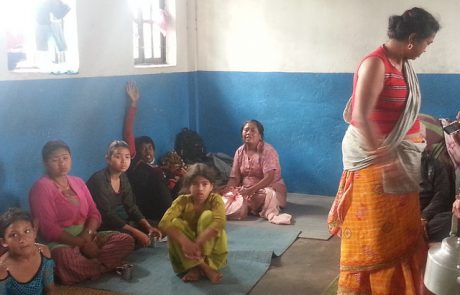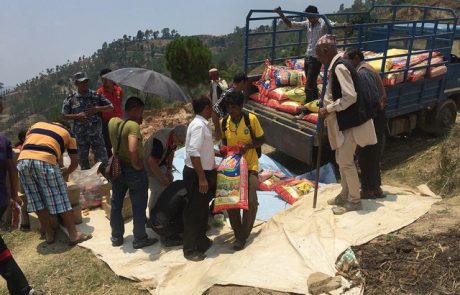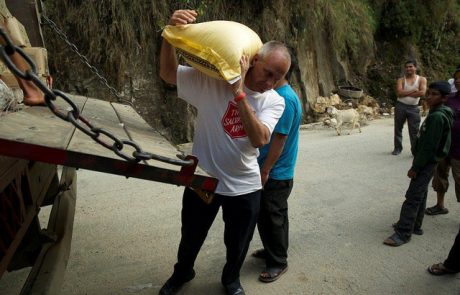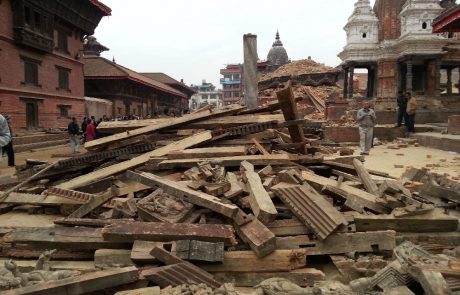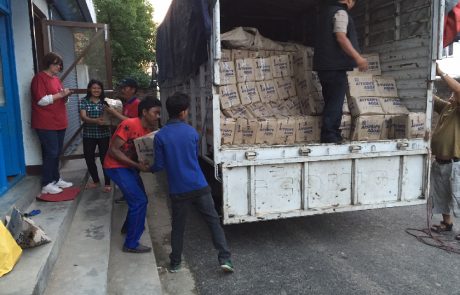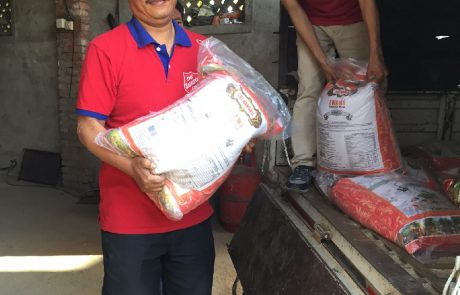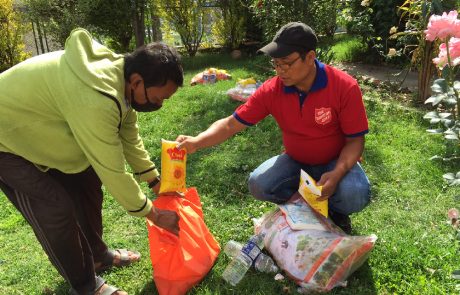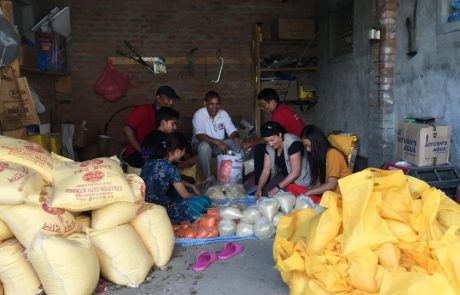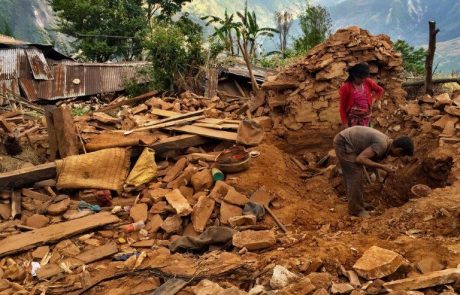On 25 April 2015, a magnitude-7.8 earthquake struck Nepal. A number of houses were damaged or destroyed. Thousands of people lack water, food and shelters. Aftershocks and landslides make the relief work even more difficult. The Salvation Army has provided HK$500,000 for purchasing water and food for the survivors. The Salvation Army Hong Kong and Macau Command will keep in touch with the personnel in the affected area and decide further relief work after assessments.
Struck by the abovementioned earthquake and a magnitude-7.3 aftershock, Nepal’s capital Kathmandu and the surrounding areas have been devastated. The Salvation Army is responding to the emergency needs both in cities and villages, distributing food, water and tarpaulins.
Managing Camps in Urban Areas
In cities including Kathmandu, Bhaktapur and Lalitpur, many buildings were destroyed. Disaster survivors who lost their homes have stayed in camps. The Salvation Army was asked to manage four camps (two of which have now been closed). We continue to oversee the remaining two camps in Kathmandu area, where the distribution of hygiene articles, food and tarpaulins is helping to make life a little more comfortable for the residents. Shelter remains a major concern, especially with the monsoon season approaching. 1,000 high-quality, waterproof tents have been ordered from Pakistan and will be transported to Nepal shortly.
Emergency Supplies Delivered to Survivors in Rural Areas
Another focus of The Salvation Army is the affected villagers in remote areas. Their homes were ruined by the earthquake. However, with landslides, it is extremely difficult to transport relief materials. To help the victims living in rural areas, The Salvation Army delivered emergency supplies by helicopters or by volunteers on foot. In Sindhupalchok, The Salvation Army team distributed a total of 925 kg rice and 44 solar lamps to three villages in three helicopter trips. Plans are being put in place to provide shelter to 1,000 households.
Five Salvation Army trucks transported food and tarpaulins in a 10-hour drive from Kathmandu to 1,200 families in Ramechhap.
In the far north of Gorkha, food drops are taking place in partnership with a local NGO by helicopters. Food and shelter have now been provided to 8,000 people in some of the most remote areas.
In Nuwakot, rice, dhal, oil and salt were distributed to 280 families, along with solar lamps and mosquito coils.



